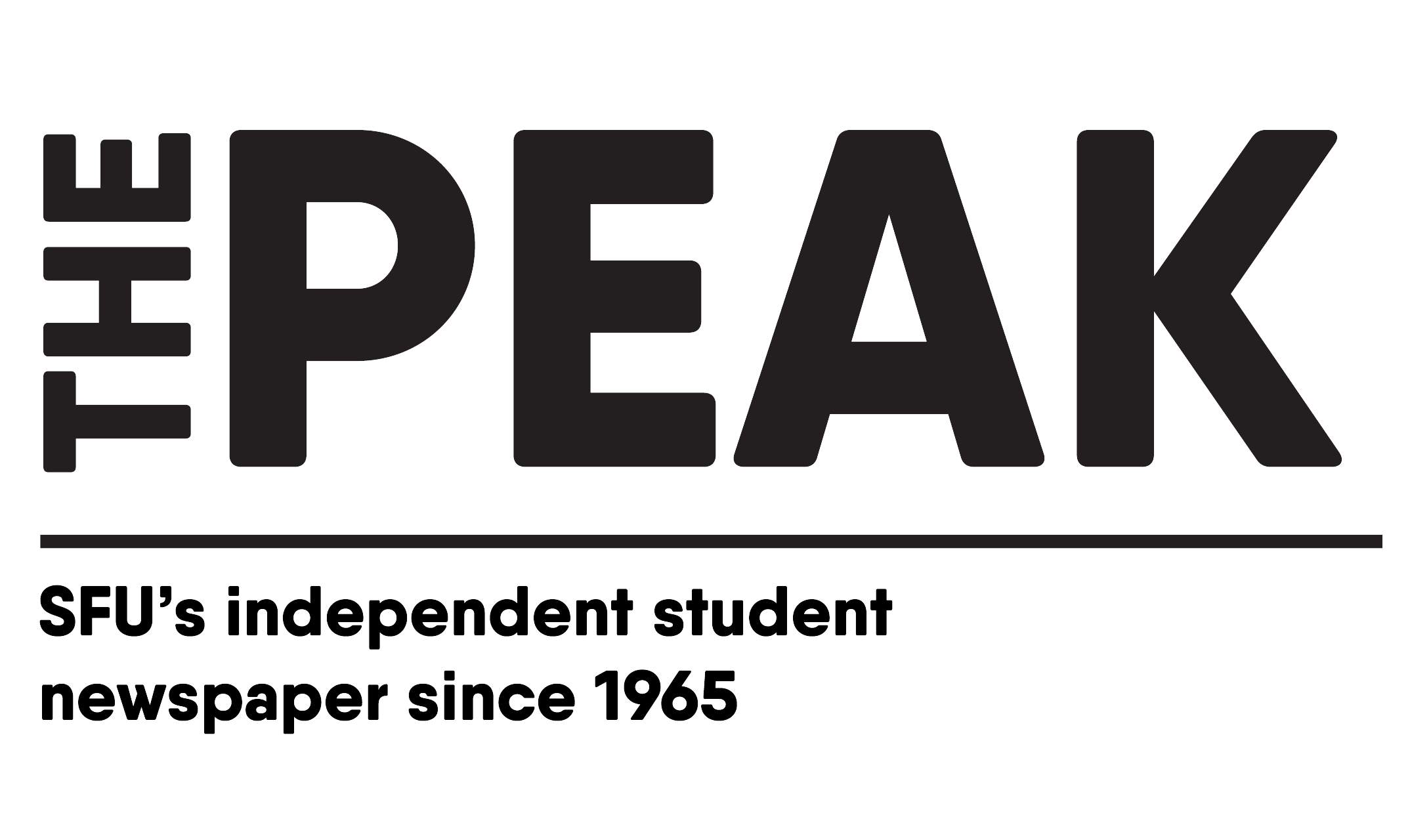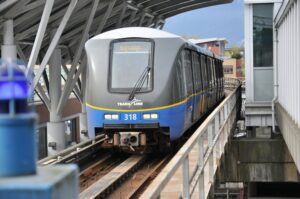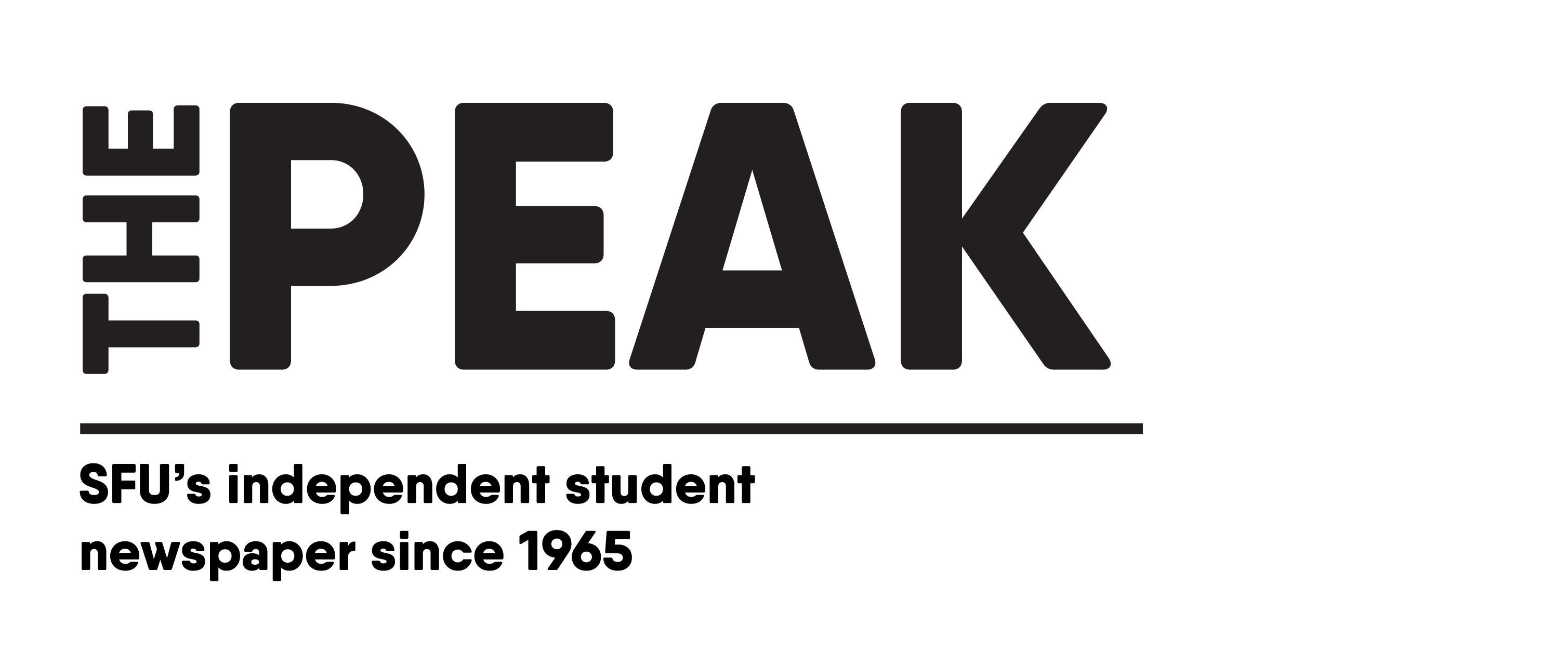Translink has announced that it will implement a pilot project to install bus driver barriers on a number of Coast Mountain buses to protect its employees from violent assaults by unruly passengers.
The move follows Translink’s “Don’t Touch The Operator” campaign, which was launched in March to combat the increasing number of assaults on bus drivers. As of July 31, the number of assaults on operators in 2014 totalled 65.
In a news release on August 29 regarding the Pilot Barrier Program, transit police stated, “Bus operators should not have to go to their workplace every shift with the fear of being verbally or physically assaulted.”
In March, three young women allegedly attacked a bus driver, grabbing her by the hair and punching her. One month later, a woman leapt out of her wheelchair and punched a bus driver in the head while attempting to bite him. Similar attacks range from death threats to physical abuse to spitting on the drivers.
Following these incidents, Coast Mountain Bus Company, Translink’s largest operating company and the contract operator for bus transit services in Metro Vancouver, decided to consider installing plexiglass barriers in accordance with drivers’ wishes. However, Ruth Armstrong, a representative of the Metro Vancouver Transit Operators union, Unifor 111, responded that drivers would not be in favour of the barriers if they were mandatory.
Armstrong told the Vancouver Sun last March that some drivers expressed feelings of claustrophobia behind the shields, while others felt they were unnecessary. “Though, if I was doing a late night shift through the downtown core, then I might want a shield. And I should have that option,” she said.
A late-night driver himself, Derek Metz operates the number 19 bus through downtown into Stanley Park. As someone who has encountered assault, Metz told the Vancouver Sun that he wouldn’t mind if barriers were mandatory, because he feels they are essential to maintaining drivers’ safety.
“You never know what you are going to get with these people. The potential for them to do something harmful is very real,” he said.
Gordon Price, director of SFU’s City Program, echoed Armstrong’s concerns, but added that a balance needs to be pursued in order to preserve the “emotional capital” that comes with greeting your bus driver or acknowledging your fellow passengers.
“A lot of [drivers] really value the interaction they have with the public,” he said. “From a social trust point of view, there’s a price to pay here that shouldn’t be discounted. This ability to have interaction, just a friendly smile or a hello, even a name, that really counts.”
He also said that design elements such as height, transparency, and whether or not the barriers can be removed easily all need to be considered when implementing the pilot program.
Nevertheless, Price feels that these initiatives mark steps in the right direction. “The protection of the driver clearly has to be a high priority for Translink,” he said. “[However], I think it has to go in conjunction with other things, and that is effective use of the transit police, cameras where appropriate, things like that. I don’t think there’s a single solution to this.”
In the long term, Price advocates for preserving the human interaction on transit. “Being able to say thank you to the bus driver or again acknowledge them with just a word or two, that I think is necessary for the kind of society where trust is something that gives it strength,” said Price. “And if a barrier makes it seem inappropriate or not possible, then there is a real loss there.”













